X-ray machine is widely used in medical health, scientific education, industrial fields, such as X-ray machine can be used in hospitals to assist doctors to diagnose diseases, used for industrial non-destructive inspection, railway station or airport security inspection and so on. Dental X-ray machine is specialized in oral cavity, including teeth, mandible, maxilla and other parts of the general X-ray photography X-ray machine.
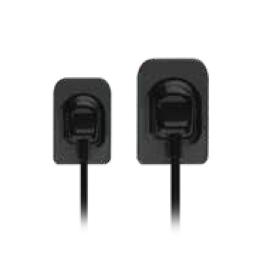
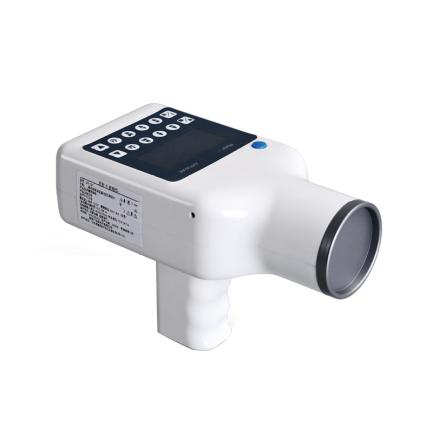
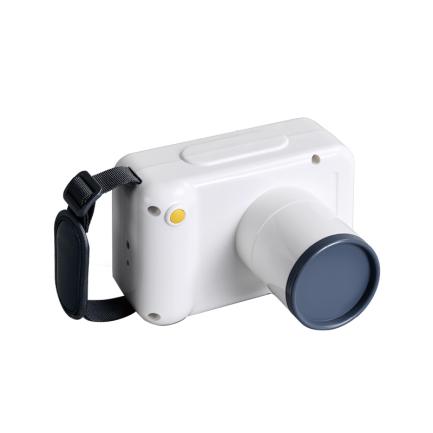
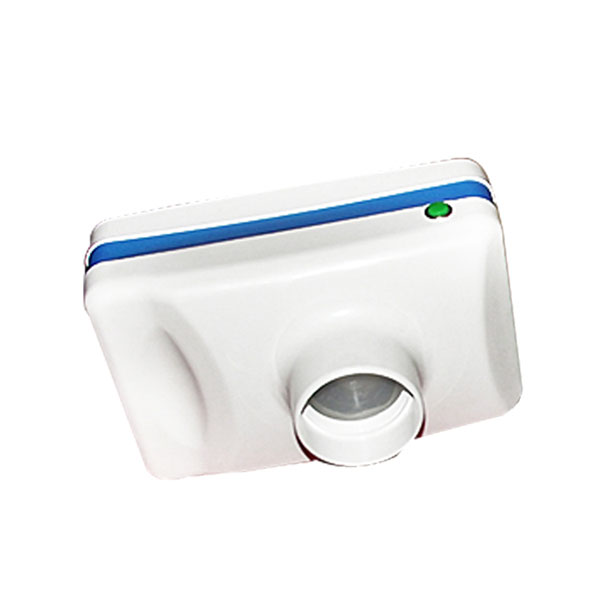

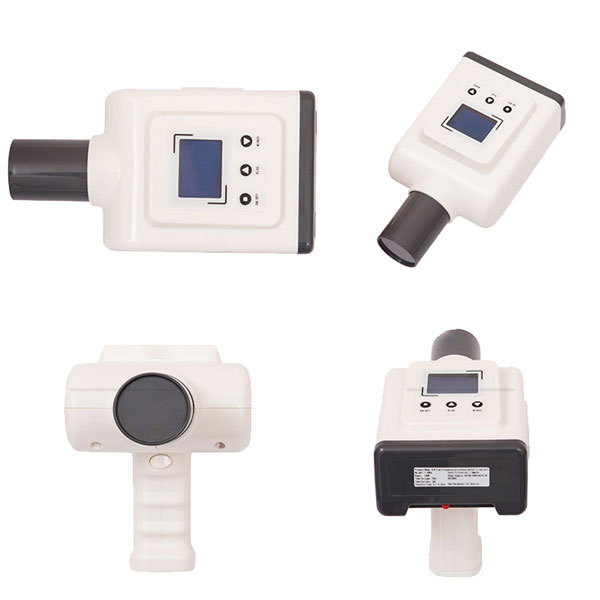
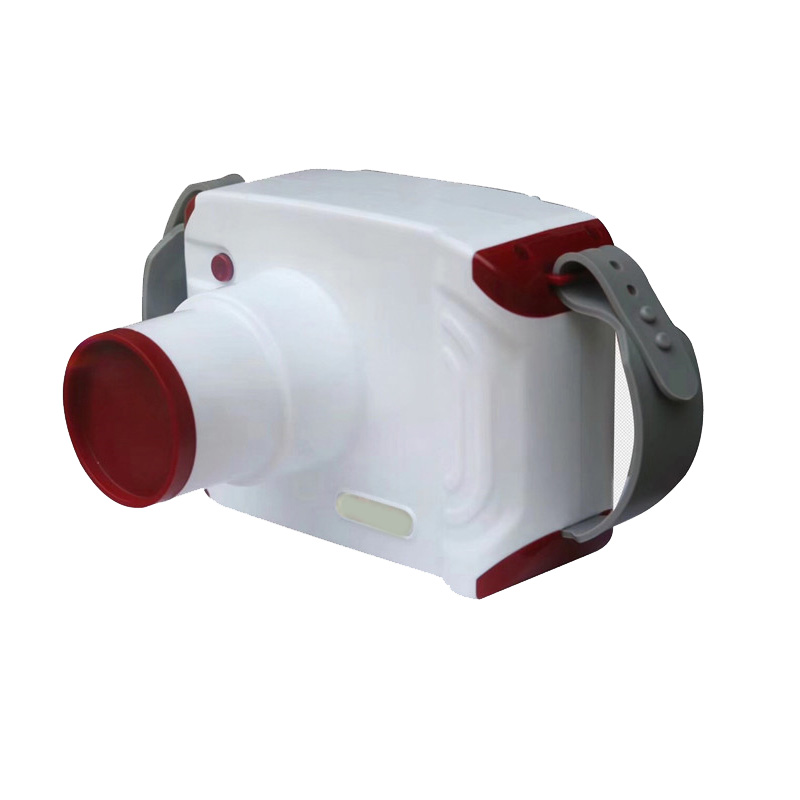
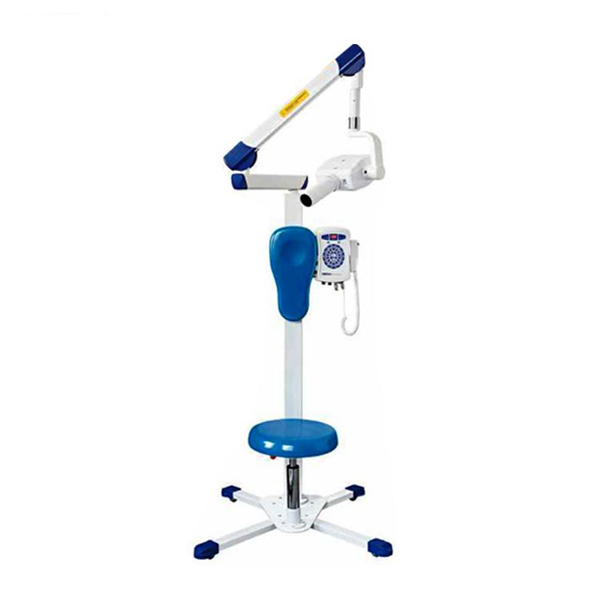
General dental X-ray machines are divided into portable (like a camera), vertical, wall-mounted and so on. All the above pictures were taken on film. Films come in disposable or digital form. The digital film can be used multiple times.
Panorama machines and CBCT are also routinely used in large categories of stomatology.
In the process of dental diagnosis, a large number of X-rays are generated by the corresponding dental veneers to understand the size and distribution of the teeth and the specific conditions of the patient. In the process of doing the corresponding dental examination. X-rays are not big. Normally, it's equivalent to a chest radiograph. But this kind of radioactive dose to the human body's influence, especially each organ's influence is not obvious. So after we're done. Get some rest and drink plenty of water. Generally, the corresponding radioactive waste can be discharged quickly.
Usually, we can only see a little bit of enamel on the outer layer of the tooth with the naked eye. If there is something wrong with the tooth inside, we can't see it. Dentists who do not have fluoroscopic eyes certainly cannot see through the phenomenon to see the essence of the tooth. Therefore, in order to have a comprehensive understanding of the teeth, it is very necessary to take a dental film.
There are six types of tooth x rays: bitewing X-ray, periapical X-ray, occlusal X-ray, panoramic X-ray, cephalometric projection and cone beam X-ray. The bitewing X-ray is the most common and is often taken for preventative purposes since it is a great way to see any decay between teeth or below the gumline.
There are seven parts of dental scan machine:
1. three primary components: tubehead, extension arm
and control panel
2. Tubehead. tightly sealed, heavy metal housing that contains the radiograph tube that produces dental x-rays.
3. Tubehead components: metal housing body - contains x-ray tube.
4. X - Ray tube.
5. PID (position indicating device) .
6. Extension Arm.
7. Control Panel.
Quality Control (QC) refers to the specific test that is used to ensure effective and safe equipment performance of x-ray systems. Based on established protocols for facilities, equipment and procedures, The QC test can check the performance of the equipment under routine clinical conditions. Quality control tests for dental radiography include the basic performance test of x-ray units, manual and automatic processing test, and image receptors and viewing test.

